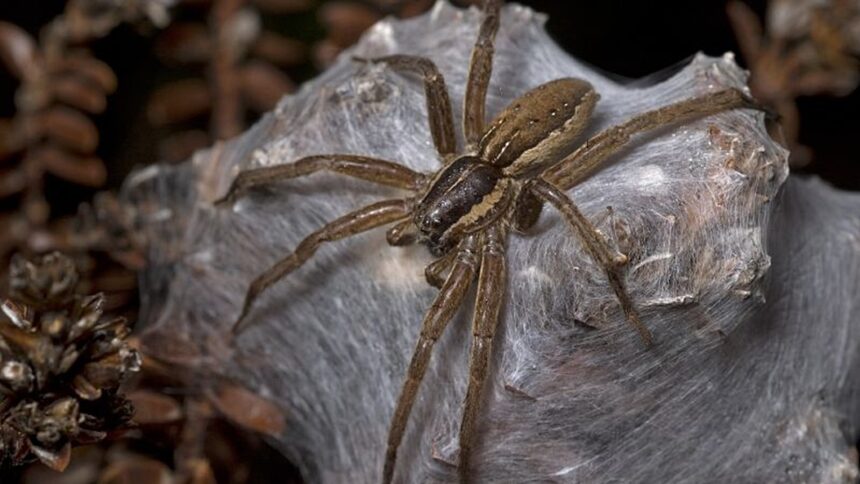Imagine being in the wild, chased by something bigger and stronger. You can’t outrun it. You can’t fight it. So what do you do? For some animals, the answer is simple: stop moving and pretend to be dead.
This odd but clever trick—called “playing dead” or “thanatosis”—is used by a wide range of creatures. Some use it to avoid being eaten. Others use it to trick their prey. And a few even use it to find a mate.
Let’s take a closer look at how this works in nature.
The Virginia opossum is probably the best-known death faker. When it senses danger, it literally drops to the ground, mouth open, eyes staring, and even lets out a foul smell from its backside. It’s not acting—this is an automatic response.
, thinking the opossum is already dead or too rotten to eat.
The eastern hognose snake takes things to the next level. First, it puffs up like a cobra. If that doesn’t work, it flops onto its back, hangs out its tongue, and plays dead. Sometimes it even releases a nasty smell to sell the act.
Then there’s the dice snake, found in parts of Europe. Not only does it freeze in place, it goes a step further—covering itself in its poop and even bleeding a little from its mouth. Disgusting? Yes. Effective? Absolutely.
Not all animals play dead to avoid being eaten. The male nursery web spider fakes his death for love. He offers the female a silk-wrapped snack. But he plays dead if she tries to snatch the food without mating. While she’s distracted, he “wakes up” and tries again to mate. It’s strange but brilliant.
Livingston’s cichlid, a fish from Lake Malawi in Africa, flips the game. It pretends to be a dead fish, lying still on the bottom. When smaller fish come over to nibble on what looks like an easy meal, the cichlid suddenly springs to life and gulps them down.
Many insects also use death-feigning as a defence. Ladybird beetles curl up and stop moving when threatened. They can even release a bitter-smelling fluid to put off predators. Antlion larvae do something similar, going completely still to avoid detection.
Some shark species, like lemon sharks, can enter a trance when turned upside down. This is called tonic immobility. It’s not fully understood, but it may help them during mating—or when threatened by other sharks.
Fire-bellied toads have another clever twist. Feeling threatened, they arch their backs to show off their bright red bellies. These colours warn predators: “Don’t eat me—I’m toxic!”
Some birds, like plovers, pretend to have a broken wing to lead predators away from their nests. They drag their wings and limp along the ground, only to fly off once the danger has passed. It’s a fake-out that saves their chicks.
Playing dead works because many predators prefer fresh, moving prey. A motionless animal might be seen as sick, dead, or not worth the trouble. In other cases, it’s about tricking someone—like a mate or a meal.
Interestingly, in many animals, this isn’t a conscious decision. It’s an automatic reaction when they feel overwhelmed or cornered. Kind of like fainting in extreme stress.








